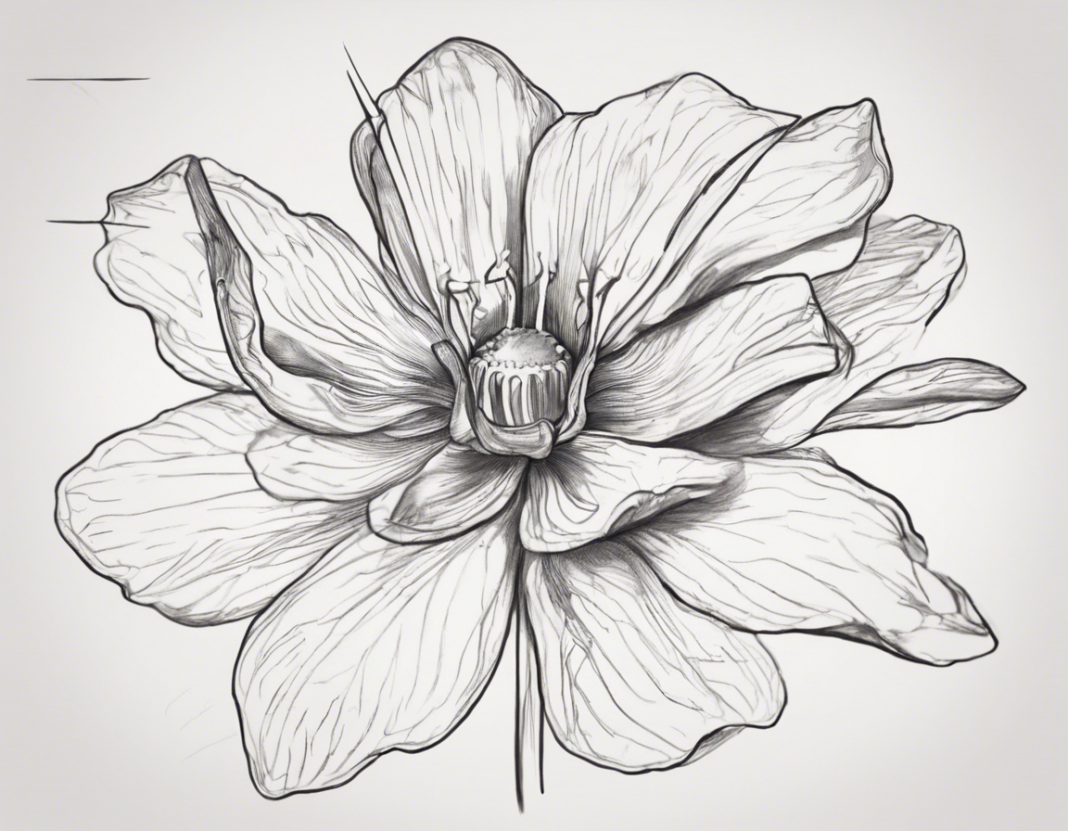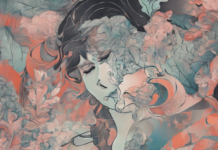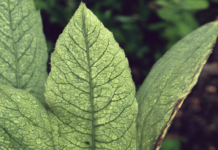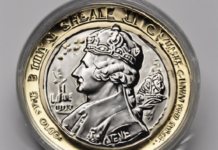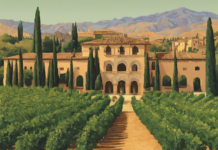Introduction
Understanding the reproductive anatomy of flowers is crucial for gardeners, botanists, and anyone interested in plant biology. Flowers are the reproductive structures of angiosperms (flowering plants), where the processes of pollination, fertilization, and seed formation occur. In this article, we will delve into the anatomy of flowers, exploring their various parts and functions in detail. Additionally, we will provide a comprehensive sketch of a flower’s reproductive anatomy to aid in visualizing these structures.
Parts of a Flower
-
The Peduncle: This is the stalk of the flower that holds it upright.
-
Sepals: These are the outermost part of the flower, usually green and leaf-like. They protect the flower bud before it opens.
-
Petals: These are brightly colored parts of the flower that attract pollinators such as bees and butterflies.
-
Stamen: The male reproductive organ of the flower, consisting of the filament and anther. The anther produces pollen grains.
-
Pistil: The female reproductive organ of the flower, consisting of the stigma, style, and ovary. The ovary contains the ovules.
-
Stigma: The sticky top of the pistil where pollen lands.
-
Style: The tube that connects the stigma to the ovary.
-
Ovary: The swollen base of the pistil that contains the ovules. Once fertilized, it develops into the fruit.
Reproductive Process
-
Pollination: Pollen from the anther of a flower lands on the stigma of the same flower or another flower.
-
Fertilization: The pollen tube grows down the style to the ovary, where it fertilizes the ovule.
-
Seed Formation: The fertilized ovule develops into a seed inside the ovary.
Sketch of Flower Reproductive Anatomy
Below is a detailed sketch illustrating the reproductive anatomy of a typical flower:
-
Peduncle
-
Sepals
-
Petals
-
Stamen
-
Filament
-
Anther
-
Pistil
-
Stigma
-
Style
-
Ovary
Importance of Flower Anatomy
Understanding the anatomy of flowers is essential for various reasons:
-
Plant Identification: Different species of plants have unique flower structures that aid in their identification.
-
Pollination: By understanding flower anatomy, we can comprehend how pollination occurs and how plants reproduce.
-
Gardening: Knowledge of flower anatomy helps gardeners in crossbreeding plants to develop new varieties.
-
Ecological Importance: Flowers play a vital role in ecosystems by attracting pollinators and supporting plant reproduction.
FAQs
-
What is the purpose of sepals in a flower?
Sepals protect the flower bud before it opens and provide support to the petals. -
How do petals contribute to the reproductive process of a flower?
Petals attract pollinators such as bees and butterflies, aiding in the transfer of pollen for fertilization. -
Why are stamens considered the male reproductive organs of a flower?
Stamens produce pollen grains, which contain male gametes necessary for fertilizing the ovules. -
What is the role of the pistil in flower reproduction?
The pistil is the female reproductive organ that receives pollen, allows for fertilization, and develops into the fruit containing seeds. -
How does the process of pollination occur in flowers?
Pollination involves the transfer of pollen grains from the anther of one flower to the stigma of the same or another flower, typically facilitated by pollinators.
In conclusion, understanding the reproductive anatomy of flowers is vital for comprehending plant reproduction, ecosystem dynamics, and horticulture practices. By familiarizing yourself with the various parts of a flower and their functions, you can gain a deeper appreciation for the beauty and complexity of nature’s floral wonders.

